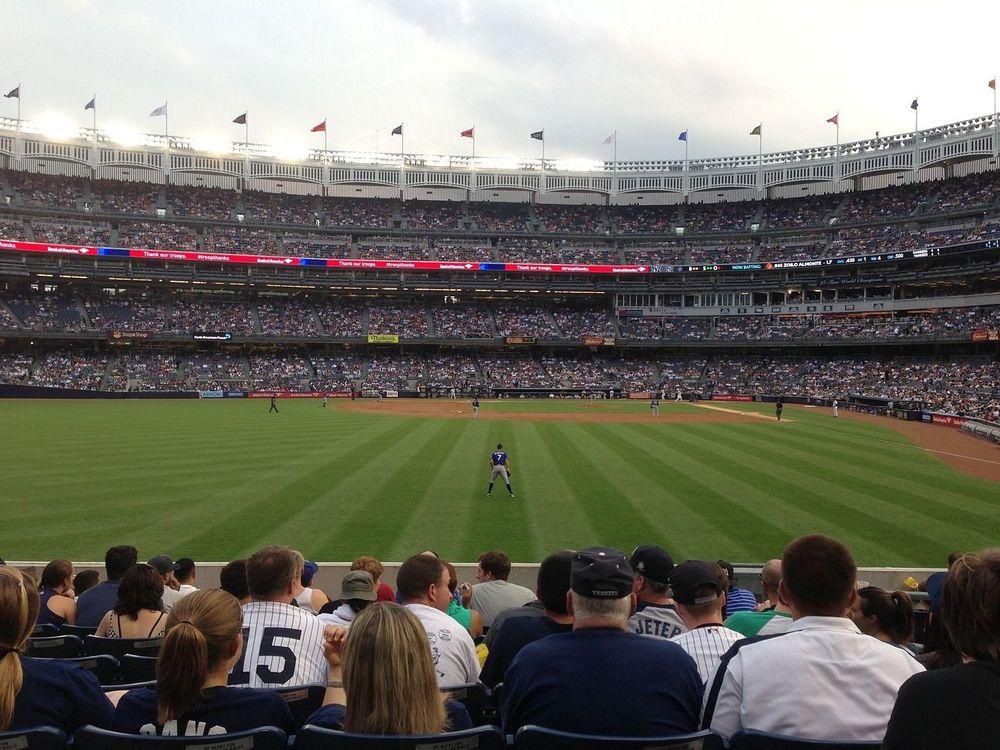
Surprise! The market is (mostly) acting normal
At the start of this offseason, the preeminent narrative was that the market value of most players would fall off a cliff. Almost every team lost untold millions in revenue in 2020, and uncertainty about 2021 would cause them to cut budgets -- or at least, exercise extreme caution. Certainly, the early option declines of Brad Hand and Kolten Wong reinforced these points. Brace yourselves, folks, the thinking went -- it’s going to be a rough one.
So now that we’ve seen a fair amount of transactions -- in free agency, trades, and a bunch of non-tenders, how is that playing out? The surprise is that things are looking sort of… normal.
When we compare the dollar amounts being paid to the free agents who have signed so far to what our model says they’re worth, they’re generally in the range of fair -- in many cases, they’re right on the money. And since the trade market is inextricably connected to the free agent market (in the eyes of many GMs, capital is capital, they’re just different types), we’re starting to see a consistent pattern there as well: fair value for fair value, for the most part.
And even among the players who were non-tendered, very few had any positive value (the average value we calculated was -0.6) -- and if they did, they were very low positives (in the 1s and occasional 2s) -- which means teams were largely acting rational and cutting overpaid underperformers. Despite rumors, neither Kris Bryant nor Gary Sanchez were let go -- and we see in our model that they had positive trade value. So that tracks.
These are important data points because here at BTV, we have to gauge what the market is paying in $/WAR terms, so that everything largely coheres. In normal years, we start by assuming that that $/WAR figure rises roughly at the general rate of inflation. This year, we kept it flat -- thinking that, overall, team budgets (and concomitantly, player salaries) would not rise. We were hesitant to assume they would fall, as that would be rare -- despite the overwhelming feeling that teams would drastically slash budgets.
So far, the flat assumption seems to be playing out. However, there are a few caveats:
*Teams are still trying to cut payroll where they can. This is why you see rumors of high-salaried players with positive value floated in trade discussions -- names like Sonny Gray and Blake Snell.
*As a corollary, every team would love to get rid of their underwater contracts, but since almost every team is in the same boat, these are almost impossible to move -- especially the bigger ones. A player with a relatively small amount of negative surplus may be movable (Raisel Iglesias barely qualified, and the Reds had to kick in $900K to make it positive), which is why, say, rumors of the Phillies shopping Jean Segura made some sense. There were also rumblings of the Rangers trying to unload Rougned Odor or Elvis Andrus, but in those cases it would be for a similar bad contract -- more of a moving-the-deck-chairs-on-the-Titanic type of deal. Those are rare.
*High-salaried players who play a position that is abundant with cheaper options are available at a discount. Kyle Schwarber can hit, yes, but he’s a no-defense corner guy/DH type, and there are many of those available for less money, which is why he was non-tendered instead of traded. Adam Frazier might be traded, but since the 2B market is flooded with cheap options (even more so than usual this year), his $/WAR estimate is discounted (as was Kolten Wong’s).
*Relief pitchers are always abundant, and since they’re also volatile, it’s likely we’ll see some underpays in both trades and free agency. The Angels non-tendered a few close-call guys like Keynan Middleton and Matt Andriese, whose values would have otherwise been a little positive were it not for this market factor.
So let’s compare our estimates to what we’re seeing in the free agent market, looking at the major deals so far:
[baseball-trade-values-player-link player="8076"]: signed for a guaranteed $8M (including 2022 buyout); delta: -$2.4M (small overpay)
[baseball-trade-values-player-link player="8245"]: accepted QO for $18.9M; delta: $1.8M (small underpay)
[baseball-trade-values-player-link player="8835"]: signed for 2 years, $15.5M; delta: $0.4M (small underpay)
[baseball-trade-values-player-link player="9839"]: signed for 2 years, $18M; delta: $0.6M (small underpay)
[baseball-trade-values-player-link player="8925"]: signed for 1 year, $15M; delta: -$1.4M (small overpay)
[baseball-trade-values-player-link player="9201"]: signed for 1 year, $8M; delta: $0.9M (small underpay)
[baseball-trade-values-player-link player="9353"]: signed for 2 years, $17.5M; delta: -$2.0M (small overpay)
[baseball-trade-values-player-link player="9440"]: signed for 1 year, $11M; delta: $0.3M (small underpay)
[baseball-trade-values-player-link player="9508"]: accepted QO for $18.9M; delta: -$0.4M (small overpay)
Of those nine, we count four small overpays and five small underpays. The average of those is -$0.2M. In other words, what we’re seeing so far is a very fair market -- one in which the $/WAR estimate is flat relative to 2020.
That could all change, of course -- as the musical-chairs game works itself through and a bunch of mid-tier and lower-tier players are left without chairs, their prices will come down, especially those who play positions that are abundant.
But so far? Things are surprisingly okay.

